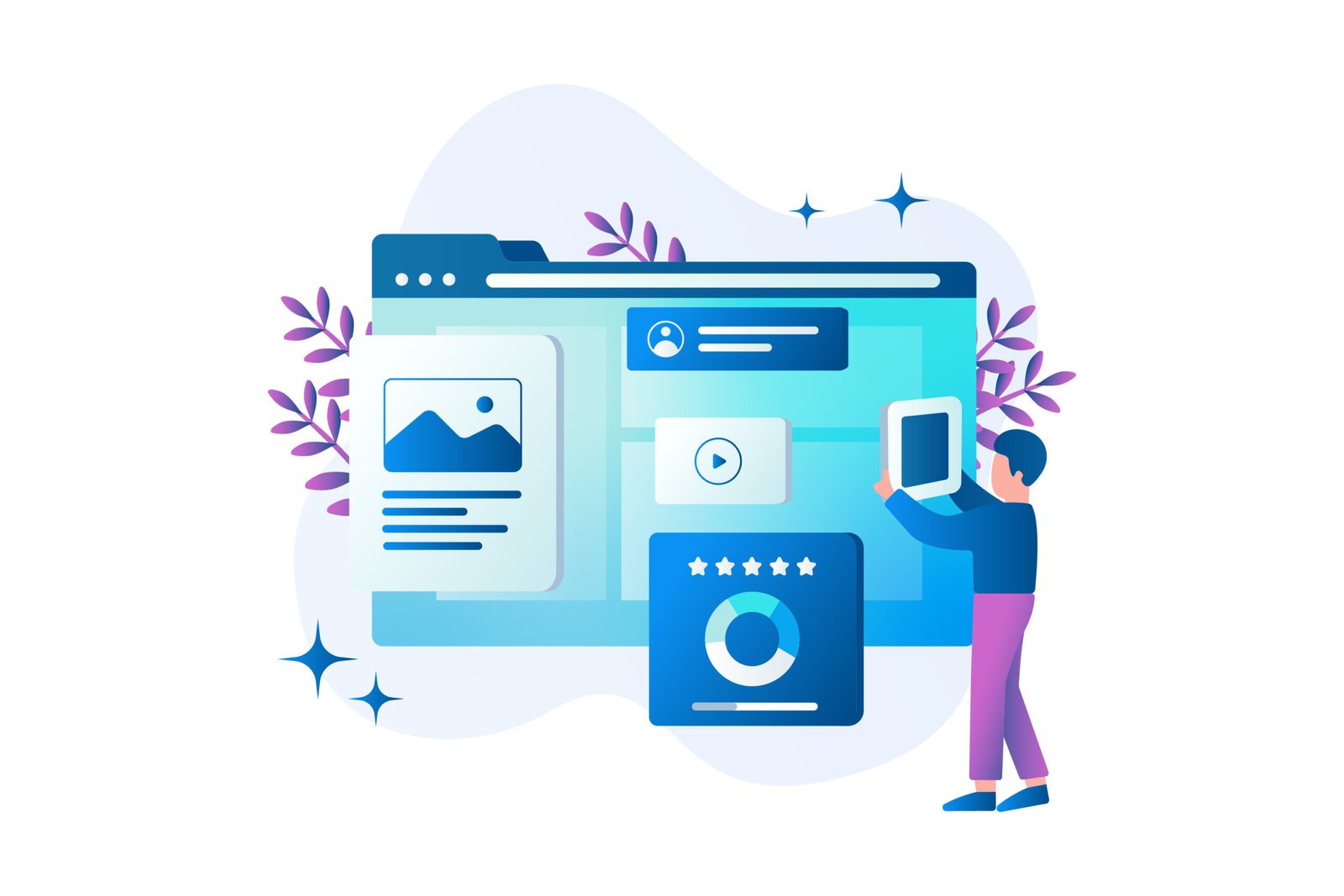Introduction
In the dynamic landscape of the digital world, crafting a unique identity is paramount for individuals and businesses alike. In the realm of websites, especially those powered by WordPress, content customization emerges as a powerful tool to distinguish and enhance digital identities.
II. Understanding Digital Identity
Digital identity goes beyond logos and color schemes; it encapsulates the essence of a brand or individual online. It significantly influences user experience, shaping perceptions and fostering connection.
III. The Power of WordPress
WordPress, a dominant force in the website-building arena, provides a robust platform for customization. Its user-friendly interface and extensive themes lay the foundation for a unique digital presence.
IV. Content Customization Tools
To harness the full potential of customization, one needs the right tools. Several content customization tools for WordPress have gained prominence, each offering unique features to elevate the user experience.
V. Elementor: A Game-Changer
Elementor, a leading page builder plugin, empowers users with its intuitive drag-and-drop interface. From basic edits to complex layouts, Elementor caters to diverse customization needs.
VI. Divi Builder: Crafting Excellence
Divi Builder, an integral part of the Divi theme, stands out for its versatility. It goes beyond traditional page builders, allowing users to create visually stunning and highly customized websites.
VII. Beaver Builder: Building Beautiful Websites
Beaver Builder, known for its simplicity, enables users to design beautiful websites without the need for coding. Its clean interface and responsive design options make customization a breeze.
VIII. Thrive Architect: Your Design Companion
Thrive Architect focuses on conversion-oriented design. This tool seamlessly integrates with WordPress, offering features that aid in creating compelling, high-converting content.
IX. Customizing with Visual Composer
Visual Composer simplifies customization with its drag-and-drop functionality. It provides a comprehensive set of elements and templates, making it easy for users to personalize their websites.
X. Content Customization Best Practices
Achieving a unique digital identity requires adherence to best practices. Consistency in branding, alignment with the target audience, and a balance between aesthetics and functionality are crucial elements.
XI. Challenges in Content Customization
While customization offers immense benefits, challenges may arise. Addressing issues such as compatibility, load times, and responsiveness is essential. Strategies to overcome these hurdles ensure a smooth customization process.
XII. Future Trends in WordPress Customization
As technology evolves, so does the landscape of content customization. Predicting future trends helps users stay ahead, ensuring their websites remain fresh and appealing.
XIII. Success Stories: Brands Nailing Customization
Examining successful digital identities provides inspiration. Brands that have mastered content customization offer valuable insights into effective strategies.
XIV. Case Studies: Implementing Customization for Results
Real-world examples showcase the impact of customization on user engagement and conversions. Analyzing case studies helps in understanding how strategic customization can drive tangible results.
XV. Conclusion
In conclusion, the journey to crafting a unique digital identity is a dynamic and ongoing process. Leveraging the right content customization tools, adhering to best practices, and staying informed about future trends are key to maintaining a standout online presence.
FAQS
- What is the significance of digital identity in today’s online landscape?
- Digital identity is crucial as it shapes how individuals and brands are perceived online, influencing user interactions and relationships.
- How do content customization tools enhance user experience?
- These tools empower users to personalize their websites, creating a more engaging and tailored experience for visitors.
- What challenges may arise during the content customization process?
- Challenges include compatibility issues, load times, and ensuring responsiveness across different devices.
- Can content customization tools be used by individuals with no coding experience?
- Yes, many tools, such as Elementor and Beaver Builder, are designed for users without coding expertise, offering intuitive interfaces.
- How often should one update their website’s customization to stay relevant?
- Regular updates are recommended to align with evolving trends and technologies, ensuring a fresh and contemporary digital identity.
